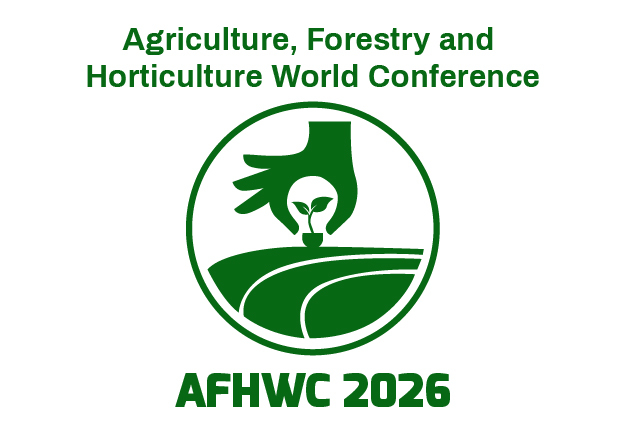Speakers - AFHWC2025
Natalia Togonidze
- Designation: Scientific Research Centre of Agriculture; Institute of Botany, Ilia State University
- Country: Georgia
- Title: Determination of the Potential of Successional Stages of Natural Regeneration of Subalpine Birch Forests, Georgia, Central Greater Caucasus
Abstract
Subalpine birch forest is a sensitive ecosystem with a key role in the regulation of water resources and stability of the mountain slopes. During the last century birch forest area significantly decreased in the temperate zone worldwide. Significant changes have also occurred in our country. The northern slopes of the Central Caucasus Mountains in Kazbegi district of Georgia were covered by birch forest in the past. However, in the last century forest area has significantly decreased due to different types of anthropogenic effect e.g. fires and uncontrolled cutting of trees. Forest large areas transformed after degradation to subalpine secondary meadows as pastures and hay meadows. During the last decades, natural reforestation of the birch forest started in the Central Caucasus and diversity of vegetation has been changed. It is apparently in close relation with the global climate change, also the important factor is reduction of uncontrolled sheep grazing in Kazbegi district. The aim of our study was to observe the process of birch forest natural regeneration and to determine how to change successional stages. The process of natural regeneration of birch forests was started in subalpine meadows, this is a pioneering successional stage, which continues with logical successional stage, it is temporary forest and the last stage of the process is the forest climax stage. The regeneration process of birch forest is changing plant diversity and size of trees and other plants. Pioneer stages of secondary succession were distinguished by the highest species richness (154 species) due to the mixing of two habitat types with subalpine meadow and birch forest and other associated plant species. Plant species diversity decreased in the following successional stages, in the logical successional stage 128 species and in the climax birch forest 86 species. Besides B. litwinowii, there are species which characteristic of all three research stages, such as: Avenella flexuosa; Bettonica macranthaCirsium obvallatum; Lapsana grandiflora; Pimpinella rhodantha Campanula collina; Cicerbita racemose;; Geranium sylvaticum Polygonum carneum; Primula amoena; Sedum oppositifolium; Vaccinium myrtillus etc. The research results shows that the process of forest natural regeneration starts on subalpine meadows, the first composition of species is formed by the seedlings of some tree species, and other elements of the forest understory that are associated with birch trees. In the second successional stage, some species are absent, generally dwarf shrubs. On the last stage, in the climax forest already have an established ecosystem of birch forest, with all its plant composition.
This work was implemented with the financial support of Shota Rustaveli National Science Foundation of Georgia (Grant # YS-24-2579).


